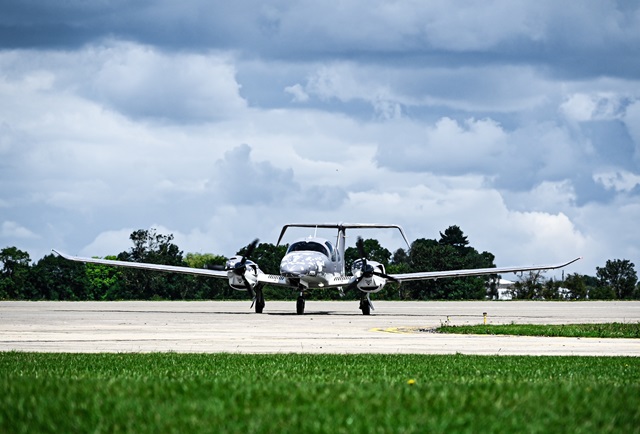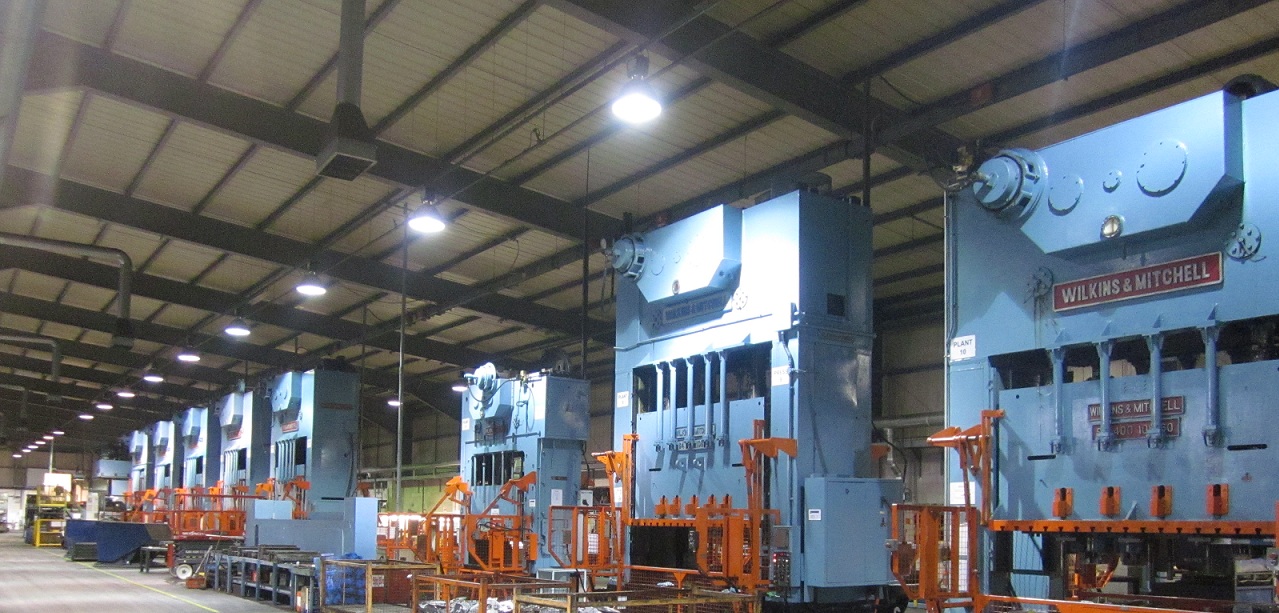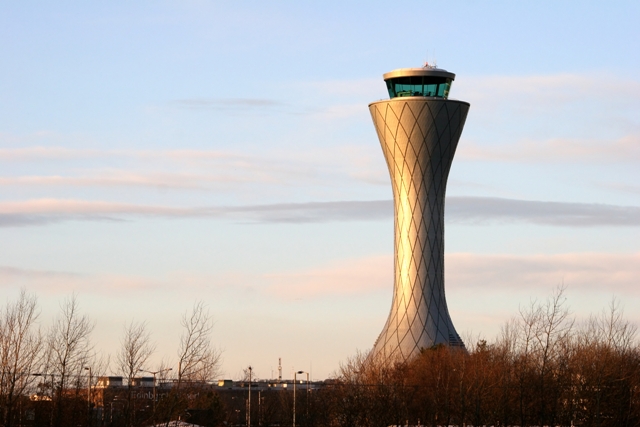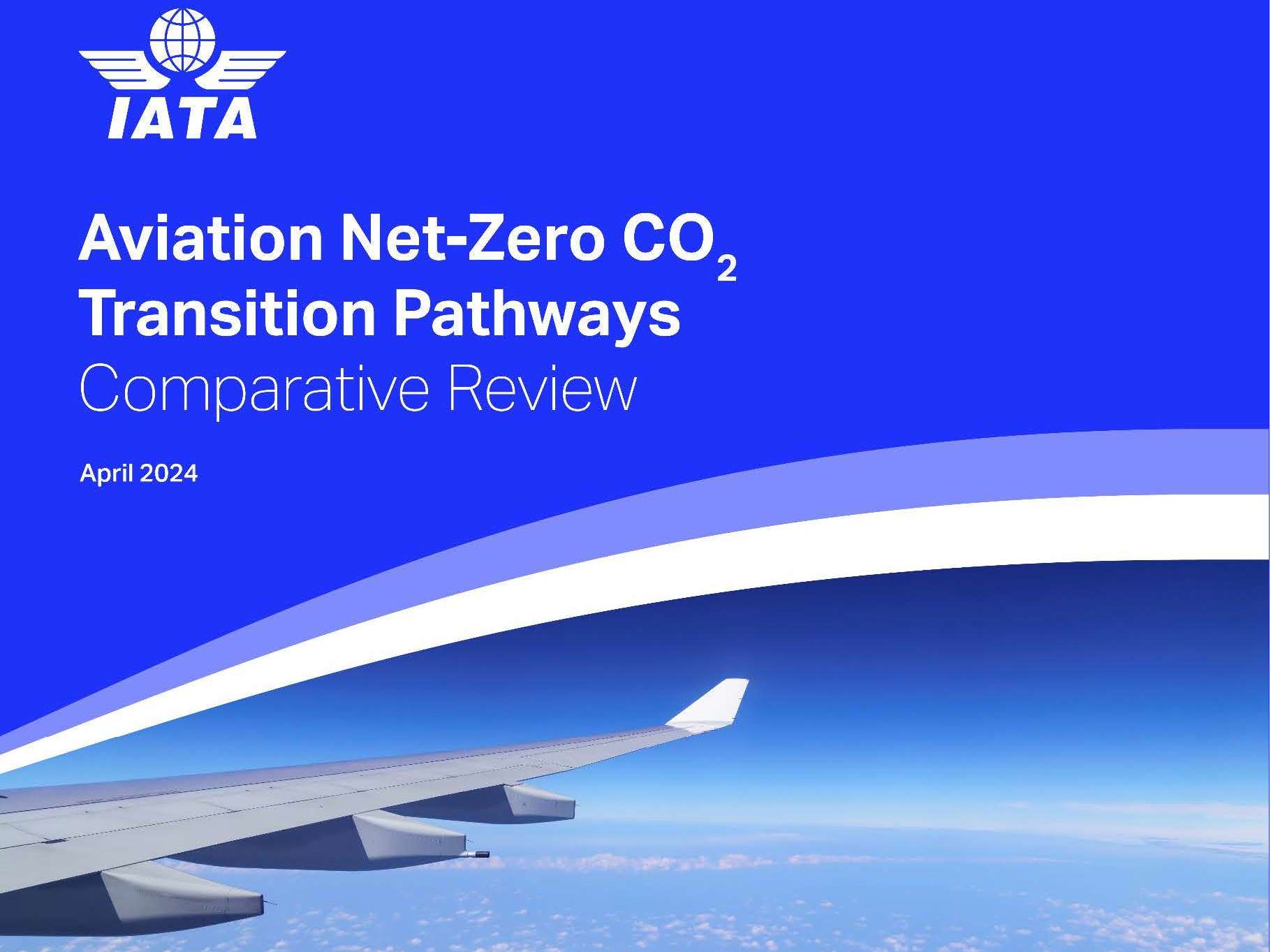IATA reports April passenger demand growth slows whilst freight is up 4.1%
Passenger demand comparisons with this period last year, are impacted by developments in this period in 2017 – including the comparatively late timing of Easter in 2017, which boosted April traffic. April capacity (available seat kilometres or ASKs) increased by 5.9%, and load factor climbed 0.2 percentage point to 82.3%, which was a record for the month of April, surpassing last year’s record of 82.1%.
.jpg)
Alexandre de Juniac (above), IATA’s Director General and CEO, said: "Demand for air transport continues to be above the long-term trend. However, increases in airline cost inputs, most notably fuel prices, means that we are unlikely to see increased stimulation from lower fares in 2018, compared to previous years."

International Passenger Markets
April international passenger demand rose 4.8% compared to April 2017. All regions recorded year-over-year traffic increases but all were behind the pace of growth reported in March. Total capacity climbed 4.9%, and load factor slipped 0.1 percentage point to 81.4%.
Asia Pacific carriers posted an 8.5% traffic rise in April, strongest among the regions. It was the first time since December 2017 that Asia-Pacific airlines led in growth. Passenger traffic has continued to trend upwards at an annualized rate in the region of 10%, supported by robust regional economic expansion and ongoing growth in the number of flight options, which translates into time savings for passengers. Capacity rose 7.6% and load factor improved 0.6 percentage point to 81.0%.
Middle East carriers saw demand rise 4.1% in April. Capacity climbed 3.2% and load factor rose 0.7 percentage point to 77.2%. The seasonally-adjusted upward trend in traffic has strengthened since the start of the year, aided by healthy growth on the key routes to/from Asia and Europe, as well as continuing signs of recovery on the market segment to/from North America. Annual comparisons are likely to become more favorable in coming months, owing to the disruptions caused by the proposed travel bans to the US and the since-lifted ban on large portable electronic devices in the year-ago period.
European airlines’ April traffic increased 3.4% compared to the year-ago period. While this was down compared to the 9.8% year-over-year growth recorded in March, demand picked up in April in seasonally-adjusted terms. Capacity rose 4.0%. While load factor dipped 0.5 percentage point to 84.6%, it still was highest among the regions.
North American airlines posted a 0.9% demand increase compared to April a year ago, which was sharply down compared to the 9.5% growth experienced in March. Comparisons to the year-ago period are distorted by the huge pick-up in traffic in April 2017. A bounce back is expected in May, supported by the relatively strong economic backdrop in the US. Capacity climbed 2.4%, and load factor fell 1.2 percentage points to 80.7%.
Latin American airlines experienced a 6.4% rise in April demand compared to the same month last year. Capacity rose 7.5% and load factor slipped 0.8 percentage point to 81.4%. While the year-over-year traffic increase in April was roughly half that of March, the bigger picture remains bright, with seasonally-adjusted traffic volumes having grown at double-digit annualised rates over the past six months.
African airlines’ had a 5.1% traffic increase in April. Capacity rose 4.6%, and load factor edged up 0.4 percentage point to 72.8%. The upward demand trend remains strong, helped by continuing signs of improvement in the region’s largest economies: Nigeria and South Africa. This is only the fourth time in the past 41 months that both economies have been on an upward trajectory at the same time
Domestic Passenger Markets
Demand for domestic travel climbed 8.5% in April compared to April 2017, propelled by double-digit annual growth in India and China, Capacity increased 7.6%, and load factor rose 0.7 percentage point to 84.0%. All markets reported demand increases.

Australia’s domestic traffic increased 3.4% year-on-year in April – a slowdown from March, but still well above the five-year average pace of 1.6%.
India’s airlines recorded double-digit annual growth (26.4%) for the 44th consecutive month, with passenger demand continuing to be supported by a combination of strong economic and network expansion.
Air Freight
The International Air Transport Association (IATA) released data for global air freight markets showing that demand, measured in freight tonne kilometres (FTKs), rose 4.1% in April 2018, compared to the same period the year before. This was up from the 1.8% growth in annual demand recorded in March 2018.
Freight capacity, measured in available freight tonne kilometers (AFTKs), grew by 5.1% year-on-year in April 2018. This was the second time in 21 months that capacity growth outstripped demand growth.
After a sharp fall in March 2018, to a 23-month low, global air freight volumes recovered slightly in April 2018. The pace at which demand is growing, however, remains significantly slower than in much of 2017.
The weaker growth in air cargo is primarily due to the end of the restocking cycle, during which businesses rapidly increase their inventory to meet unexpectedly high demand. This is consistent with demand drivers moving away from the highly supportive levels seen last year. The Purchasing Managers’ Index (PMI) for manufacturing and export orders fell in April 2018 to its lowest level since 2016. A softening of global trade is also evident with containerized freight demand slowing in tandem with air freight demand. Seasonally-adjusted freight volumes continue to track sideways.
"April saw a strengthening from the abrupt slowdown in growth experienced in March. This is good news. We remain cautiously optimistic that demand will grow in the region of 4% this year. But the forecast appears to have increasing downside potential. Oil prices continue to rise as does protectionist rhetoric. Borders open to people and to trade drive economic growth and social prosperity. We are all disadvantaged when they are closed," said Alexandre de Juniac, IATA's Director General and CEO.

Regional Performance
All regions reported growth on 2017 levels, albeit at different levels of expansion.
Asia-Pacific airlines saw freight demand recover in April 2018 to grow 3.9% compared to the same period last year. Capacity increased by 6.7%. Seasonally-adjusted volumes are broadly trending sideways. As the largest freight-flying region, carrying close to 37% of global air freight, the risks from protectionist measures impacting the region are disproportionately high.
North American airlines’ freight volumes expanded 3.2% in April 2018 compared to the same period a year earlier. This was a slight deceleration in demand from the previous month. Capacity increased by 3.4%. The weakening of the US dollar over the past year has helped boost demand for air exports. Data from the US Census Bureau shows an 11.7% year-on-year increase in air export volumes from the US in Q1 2018, compared to a slower rise in imports of 7.5%. More recently however, the US dollar has been rising.
European airlines posted a 2.4% increase in freight volumes in April 2018. This was over double the rate of growth of the previous month. Capacity increased 4.0%. Seasonally-adjusted volumes are broadly trending sideways. The strength of the Euro and a softening of export orders in Germany pose downside risks to European carriers.
Middle Eastern carriers posted the second fastest year-on-year growth in freight volumes in April 2018, up 7.3%. This was a significant acceleration in demand over the 0.8% recorded the previous month. The increase mainly reflects developments from a year ago rather than a substantive change in the near-term trend. Seasonally-adjusted freight volumes continue to track broadly sideways. This is consistent with signs of a broader moderation in global trade. Capacity increased 4.8%.
Latin American airlines experienced growth in demand of 10.6% in April 2018 - the largest increase of any region for the second consecutive month. Capacity decreased by 4.6%. The pick-up in demand over the last 18 months comes alongside signs of economic recovery in the region’s largest economy, Brazil. Seasonally-adjusted international freight volumes are now back to the levels seen at the end of 2014.
African carriers saw freight demand grow 5.6% in April 2018 compared to the same month last year, after a decline of 3.4% in March. Capacity increased by 23%. After a surge in international FTK volumes last year, seasonally-adjusted international freight volumes have trended downwards from a peak in late-2017 and are now at levels seen mid-2017.













